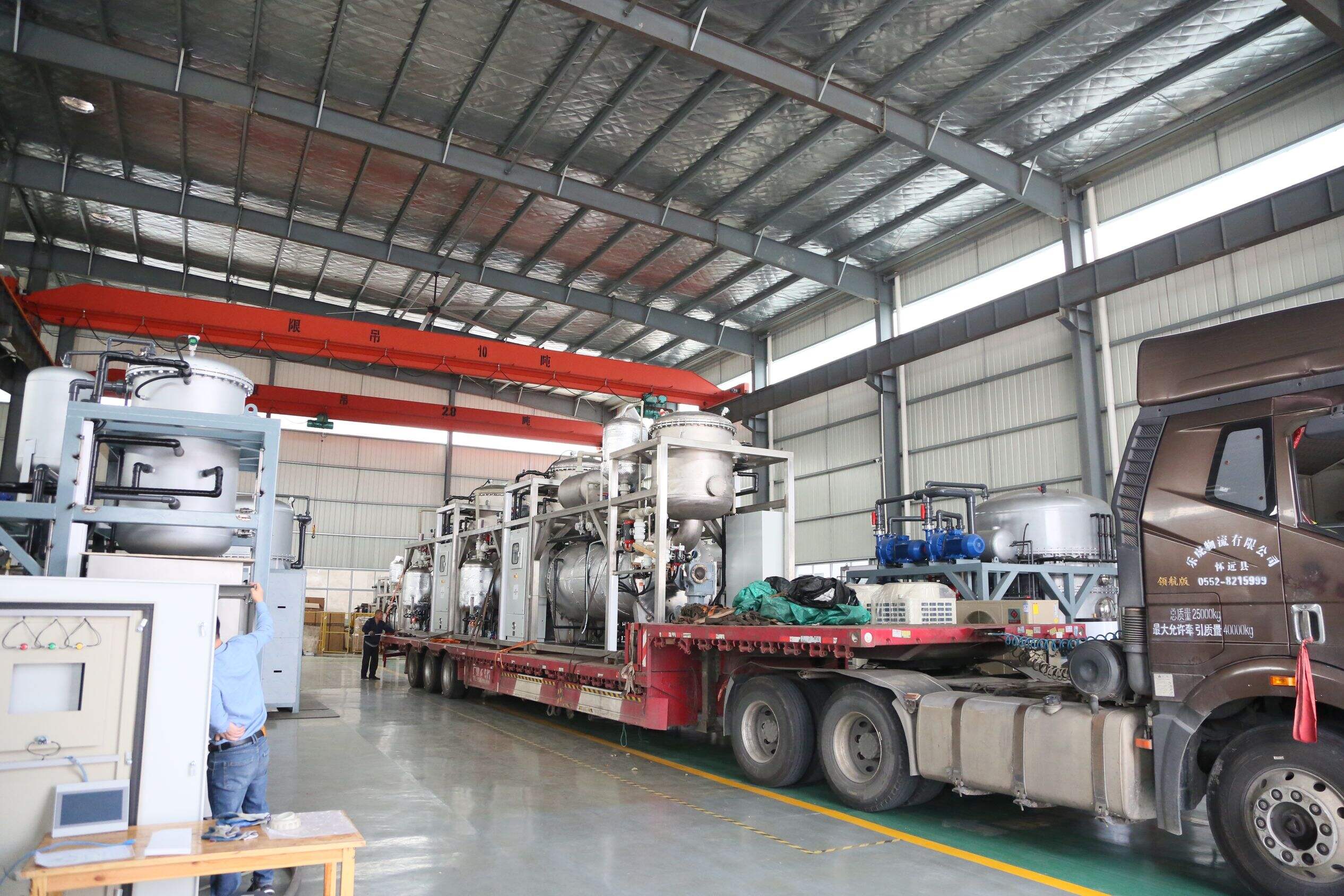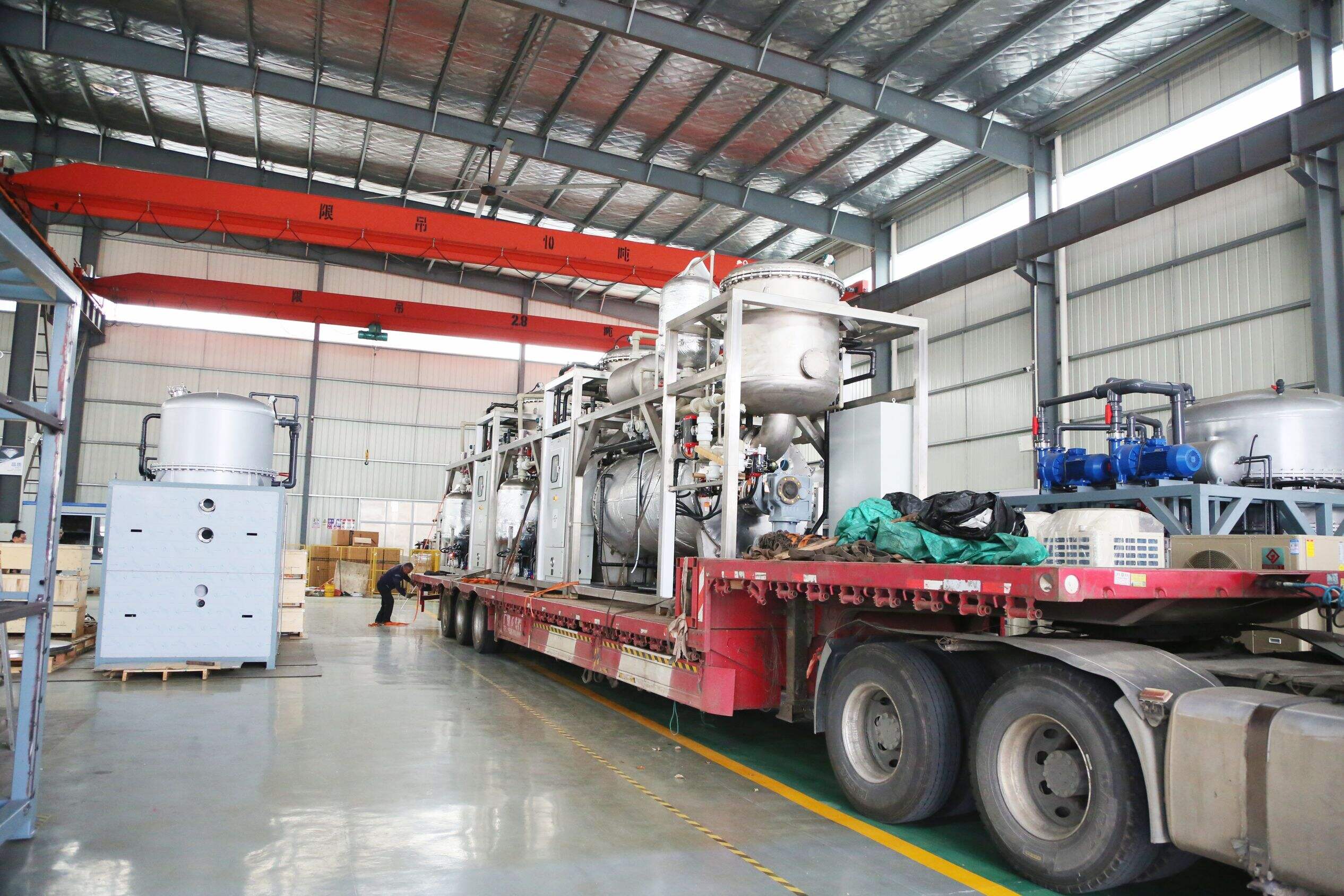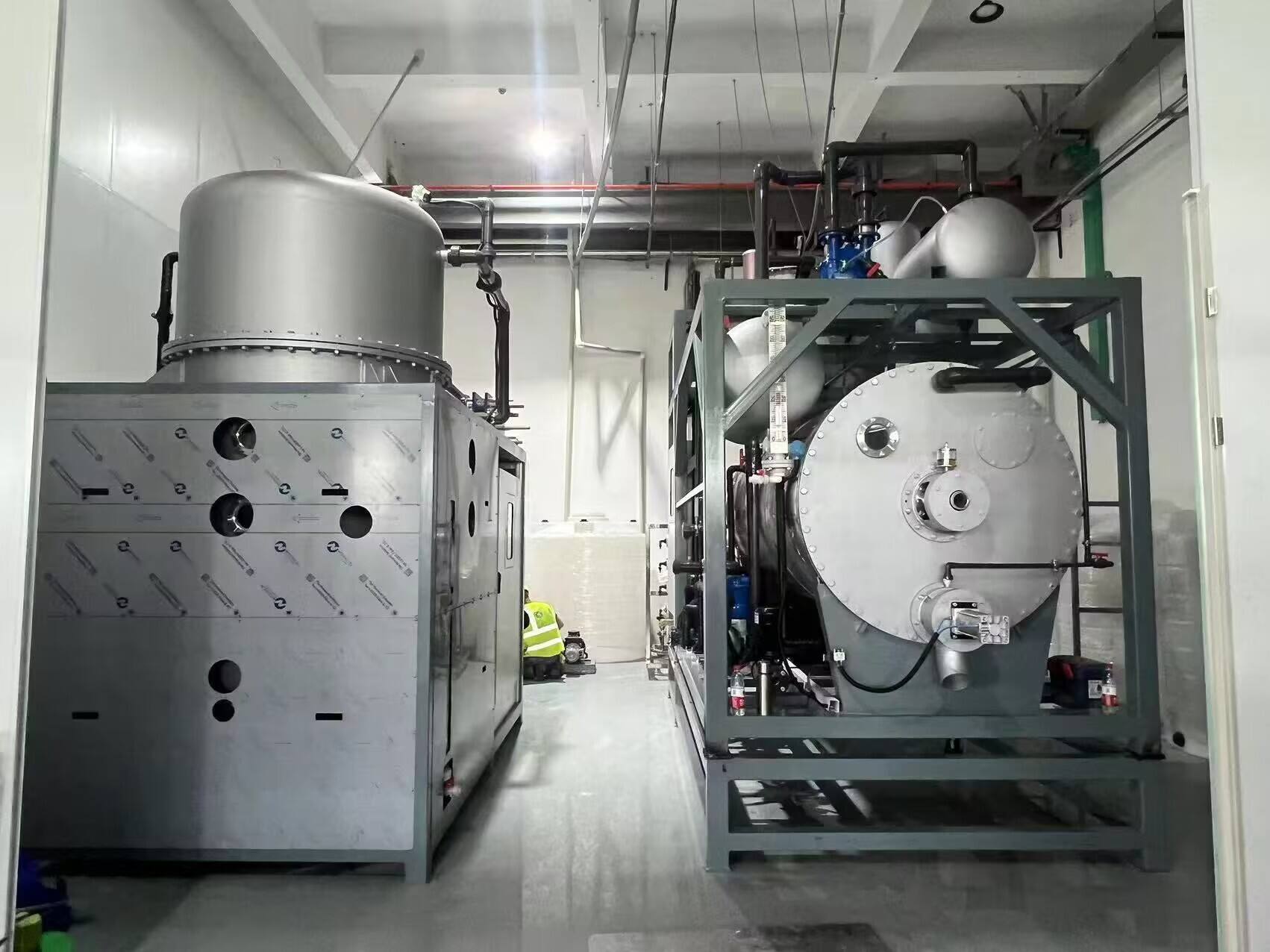cold ethanol extraction process
Cold ethanol extraction is a sophisticated process used to isolate desired compounds from plant material through the use of cold ethanol as a solvent. This method operates at low temperatures, typically between -20°C to -40°C, which helps preserve the integrity of temperature-sensitive compounds. The process begins with the preparation of plant material, which is then mixed with cold ethanol in a controlled environment. The low temperatures cause the plant waxes and unwanted lipids to precipitate out of the solution, while the desired compounds remain dissolved in the ethanol. The solution then undergoes multiple filtration stages to remove unwanted materials and plant debris. Advanced systems incorporate inline dewaxing and winterization processes, eliminating the need for separate post-processing steps. The filtered solution containing the target compounds is then subjected to solvent recovery, where the ethanol is separated and recycled for future use. This extraction method is particularly valued in pharmaceutical, nutraceutical, and food industries due to its efficiency in preserving volatile compounds and its ability to produce high-purity extracts. The process is also notable for its scalability, making it suitable for both small-batch production and large-scale industrial operations.


